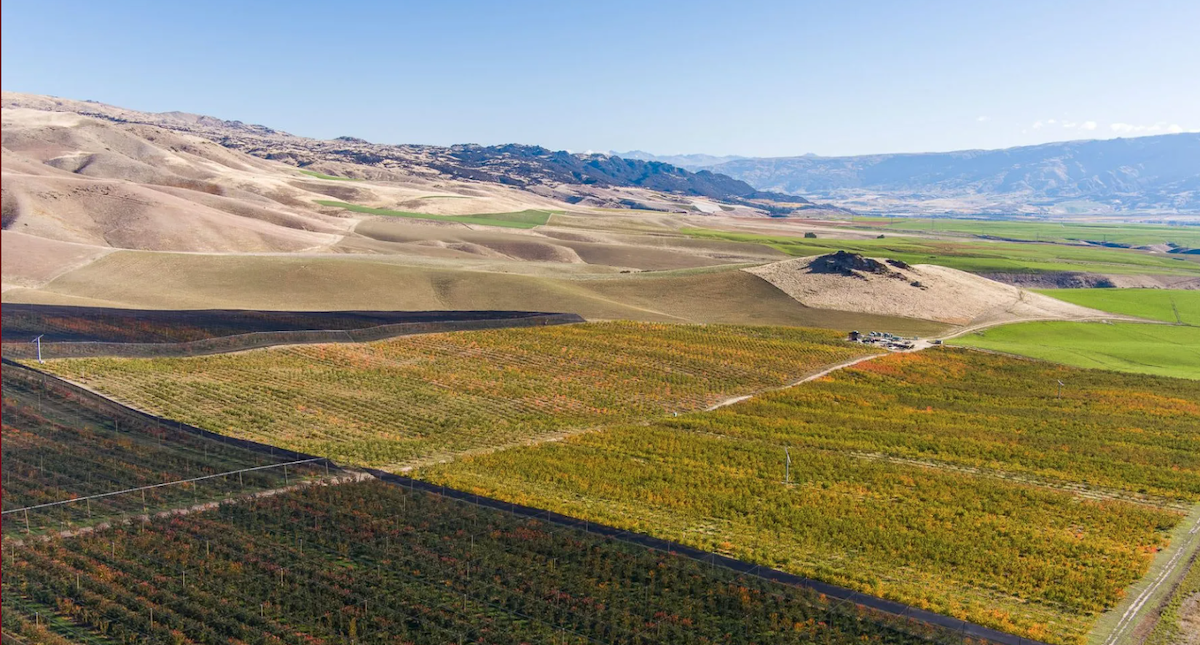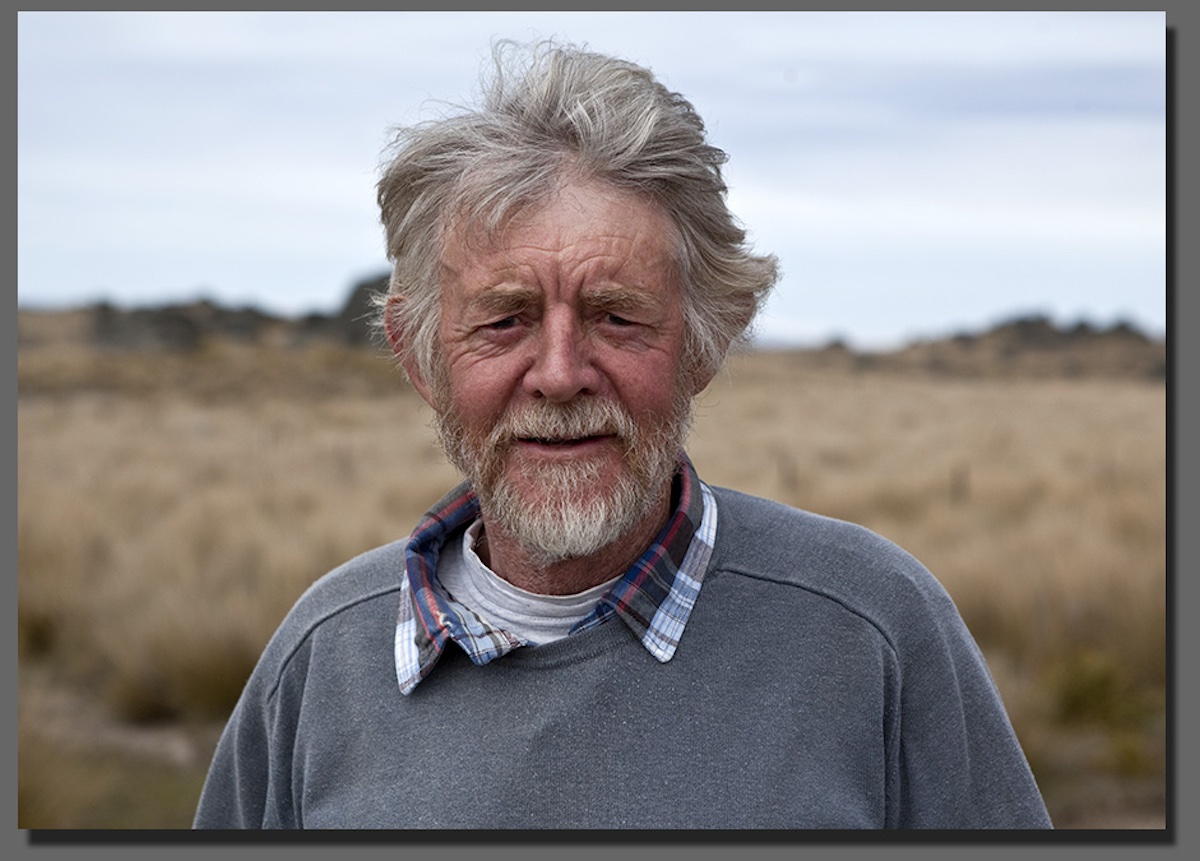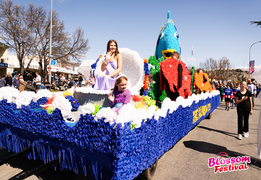Anti-mining meeting draws strong turnout in Cromwell
Kim Bowden l The Central App
27 August 2025, 6:00 PM
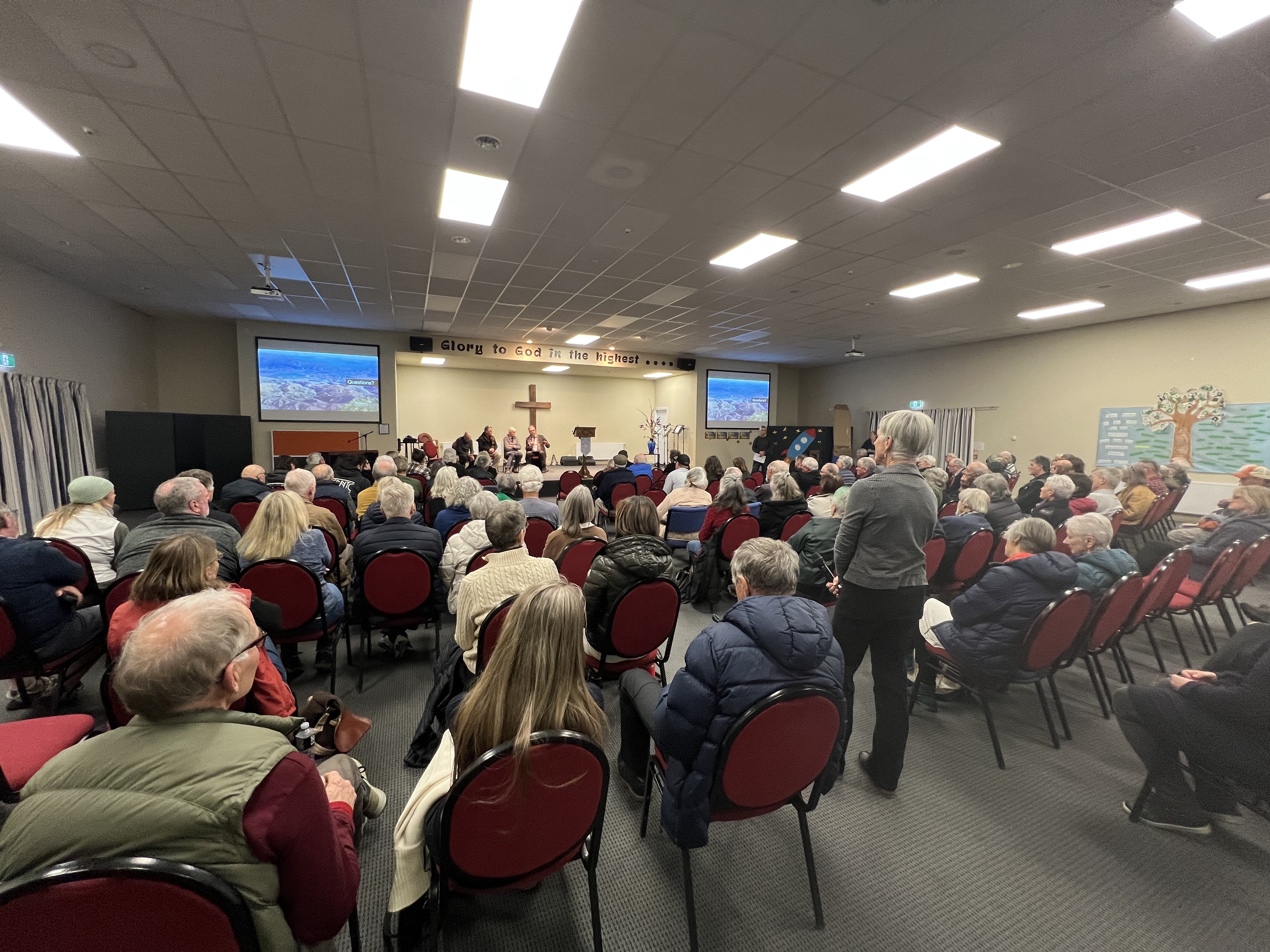 Some 130 people attend a Sustainable Tarras meeting about the proposed Santana Minerals gold mine in the Dunstan Range, Cromwell, Tuesday (August 26). Image: The Central App
Some 130 people attend a Sustainable Tarras meeting about the proposed Santana Minerals gold mine in the Dunstan Range, Cromwell, Tuesday (August 26). Image: The Central AppApproximately 130 residents packed out the Presbyterian Church in Cromwell on Tuesday night (August 26), to discuss a proposed gold mine in the Dunstan Range that opponents warn could alter the character of the region and cause irreversible environmental damage.
The meeting, organised by Sustainable Tarras in collaboration with Forest & Bird and the Central Otago Environmental Society, was framed as reflecting widespread frustration at a lack of information from Santana Minerals, the company behind the proposed mine, which is seeking approval through a fast-track consenting process.
Meeting facilitator Mark Sinclair said it had been left to volunteers to try to piece together the pieces of the puzzle for members of the public, and the turnout at the meeting reflected strong community interest.
“There’s a significant turnout here tonight for a community the size of Cromwell…that’s because people really care about the issues we’re going to discuss tonight,” he said.
Speakers challenged claims by Santana Minerals the mine would be minimally visible, with Mark highlighting chief executive Damian Spring’s remark the project would be like “a chip in your windscreen from the road”.
Visuals presented at the meeting indicated the mine would have a far greater impact on the landscape than claimed, drawing audible gasps from the audience.
Rob van der Mark, a local vineyard owner speaking for Sustainable Tarras, said the mine would alter the region’s character, changing it from “100 percent pure” to “100 percent industrial gold mining”.
He warned the approval of one mine could lead to "a free-for-all" that could threaten “what we know and love about Central Otago”.
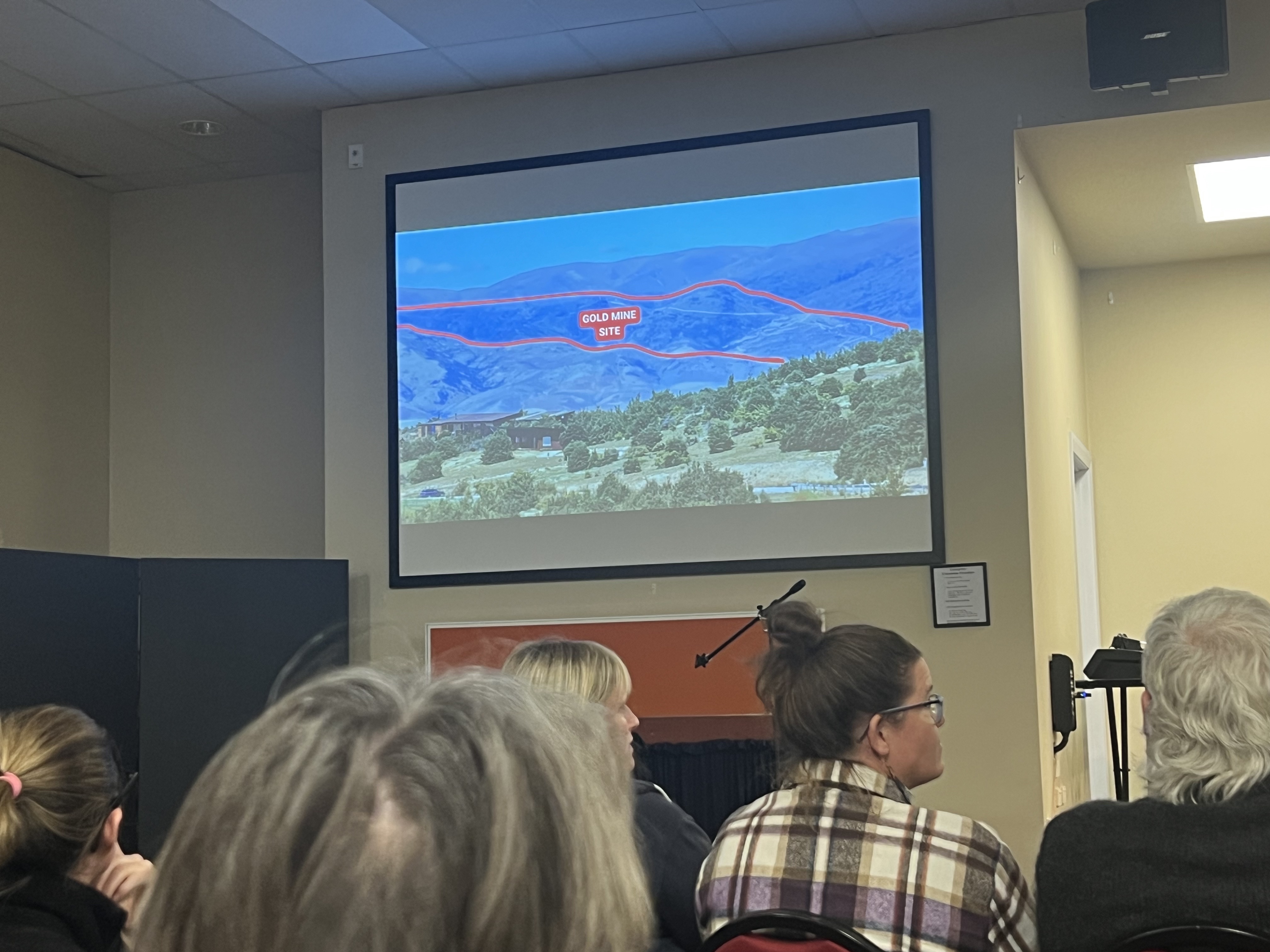
An image depicting the area of the proposed mine - challenged by Santana Minerals boss Damian Spring. Image: The Central App
Rob also raised concerns about the proposed tailings dam - full of “chemical-laden slurry” - and its risk to local aquifers and waterways, and dust dispersal in a gully where the wind is known by locals to move through like a “freight train”.
He claimed the mining company was repeatedly attempting to “fly under the radar”, not being proactive in releasing its own reports and requesting non-notified consenting processes for subsidiary activities.
Matt Sole, the co-chair of the Central Otago Environmental Society, described the long-term environmental legacy of open-cast mining: “Huge opencast pits cut into the Dunstan Range…That’s not a price we should be asking our children and grandchildren to pay,” he said.
He highlighted alternative economic opportunities, including slow tourism, boutique accommodation, and the local wine and food industries, describing residents as “kaitiaki, guardians of this ‘World of Difference’.”
Tourism expert Professor James Higham, who contributed via a recorded presentation, said research confirmed Central Otago residents valued “stunning open spaces...undisturbed mountains...largely untamed nature”, and these qualities were all threatened by extractive industries.
He warned of reputational risks to the region’s tourism, wine, horticulture, and creative sectors, and said mine impacts would be largely irreversible.
“Restoration measures would merely skirt around the edges. The major impacts cannot be undone ever,” he said.
Rob Enright, a Wānaka-based barrister advising on the fast-track consent for Port of Tauranga’s proposed container wharf extension involving land reclamation, explained that the fast-track process is “very stacked in favour of the applicants…that’s just the nature of the beast”.
He said the accelerated process compresses what, for a complex project like a gold mine, could be a three-year assessment under the Resource Management Act into roughly six months, with limited rights of appeal.
It is his view a central element of the fast-track process is demonstrating regional or national benefits, and he questioned how the cost-benefit analysis will be assessed and to what extent the applicant must prove their case.
He suggested this could be a key factor in whether the project proceeds.
At the end of the meeting, a question-and-answer session allowed attendees to put their concerns direct to the panel of speakers.
One resident described the fast-track process as “a stitch-up”, limiting public input, while others sought clarification on who is considered an adjacent property entitled to participate under the legislation.
Others queried who would benefit economically versus who would bear the environmental costs.
Audience members also raised concerns about dust and air quality, with one describing conditions in mining towns as “thick grey dust…big wafts of it…it’s just everywhere”.
A former geologist in the audience, with experience in the gold-mining industry, raised concerns about tailings dams, noting, in his experience, "these things do leak”.
Santana Minerals CEO responds
Speaking to the Central App on Wednesday, Santana Minerals chief executive Damian Spring addressed concerns raised at the meeting.
On community information, he said: “We’re very mindful of making sure that when we’re putting stuff out there, that we’re really robust about it, understand it, and are comfortable to share it. Those parts are still moving, but when we land on it, then we’ll push it out into that public space.”
Damian said the company has completed a series of studies with landscape architects: “I can categorically say that the visualisation I saw last night looks nothing like the visualisation that these experts have created”, referring to an image of the proposed mine site as seen from across Lake Dunstan.
He explained his previous “chip in the windscreen” remark was intended to give context to the scale of the Dunstan Mountains, which cover 90,000 hectares, of which roughly 600 hectares would be disturbed by the proposed mine.
On the project’s cost-benefit analysis, Damian said he is confident data will show the mine’s regional and national economic impacts are commensurate with the impacts on the surrounding environment and the project provides net benefits.
He also rejected claims about potential contamination of surrounding waterways from arsenic or cyanide, saying: “Our experts need to demonstrate that we are able to manage the effects with proven technology and methods…and that’s because the regulator’s experts will be expecting that. We will essentially be a zero-discharge site during operations.”
Damian said he attended the meeting to hear views from the community, explaining: “Sustainable Tarras say they speak for the community, but I struggle with coming up with a definition for community because it’s so diverse. I thought it was a view from the community that was worth listening to.”
Read more: Santana unveils environmental plans ahead of Cromwell mine meeting
Have a story to share or comment to make? Contact [email protected]
NEWS
WHAT'S ON
